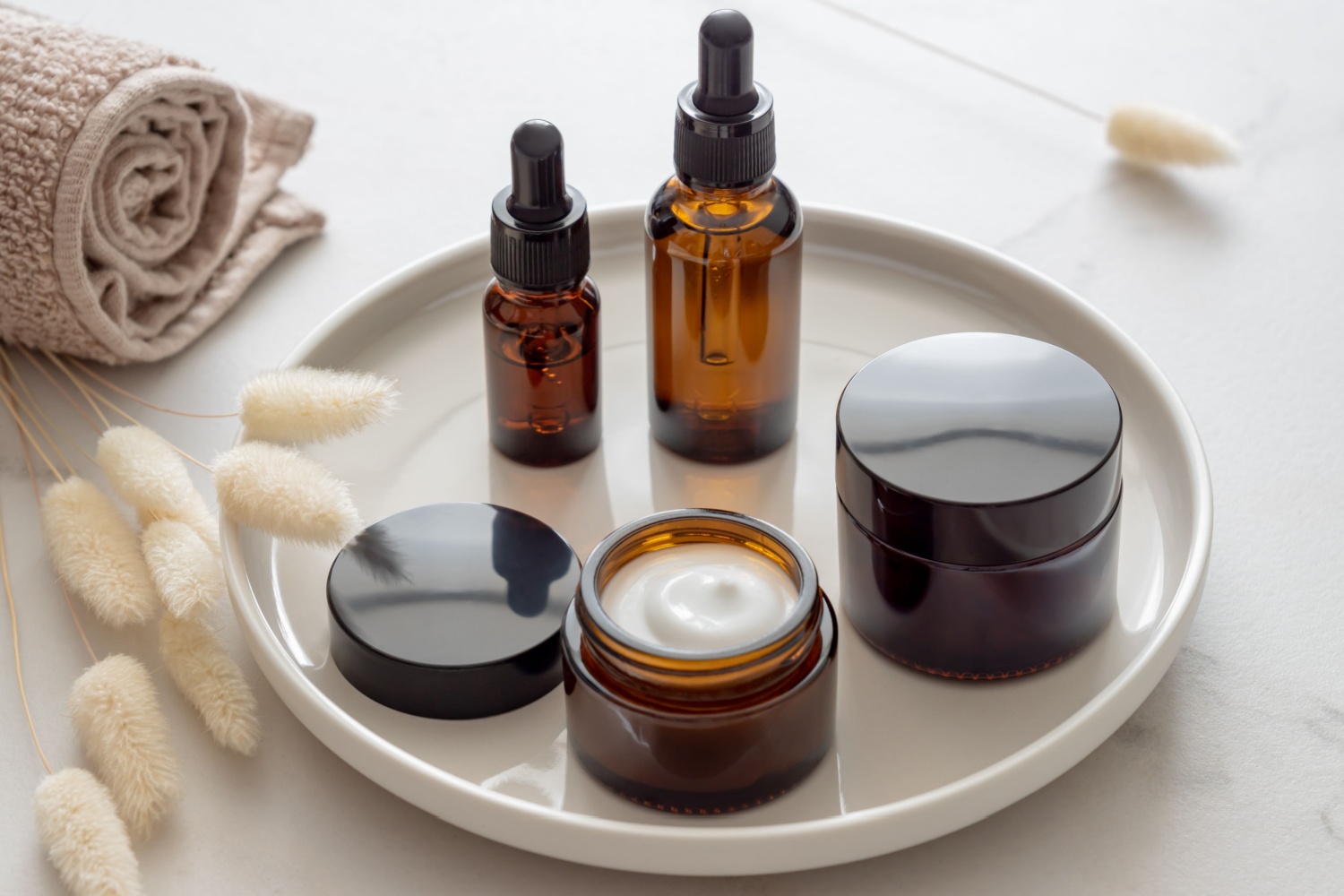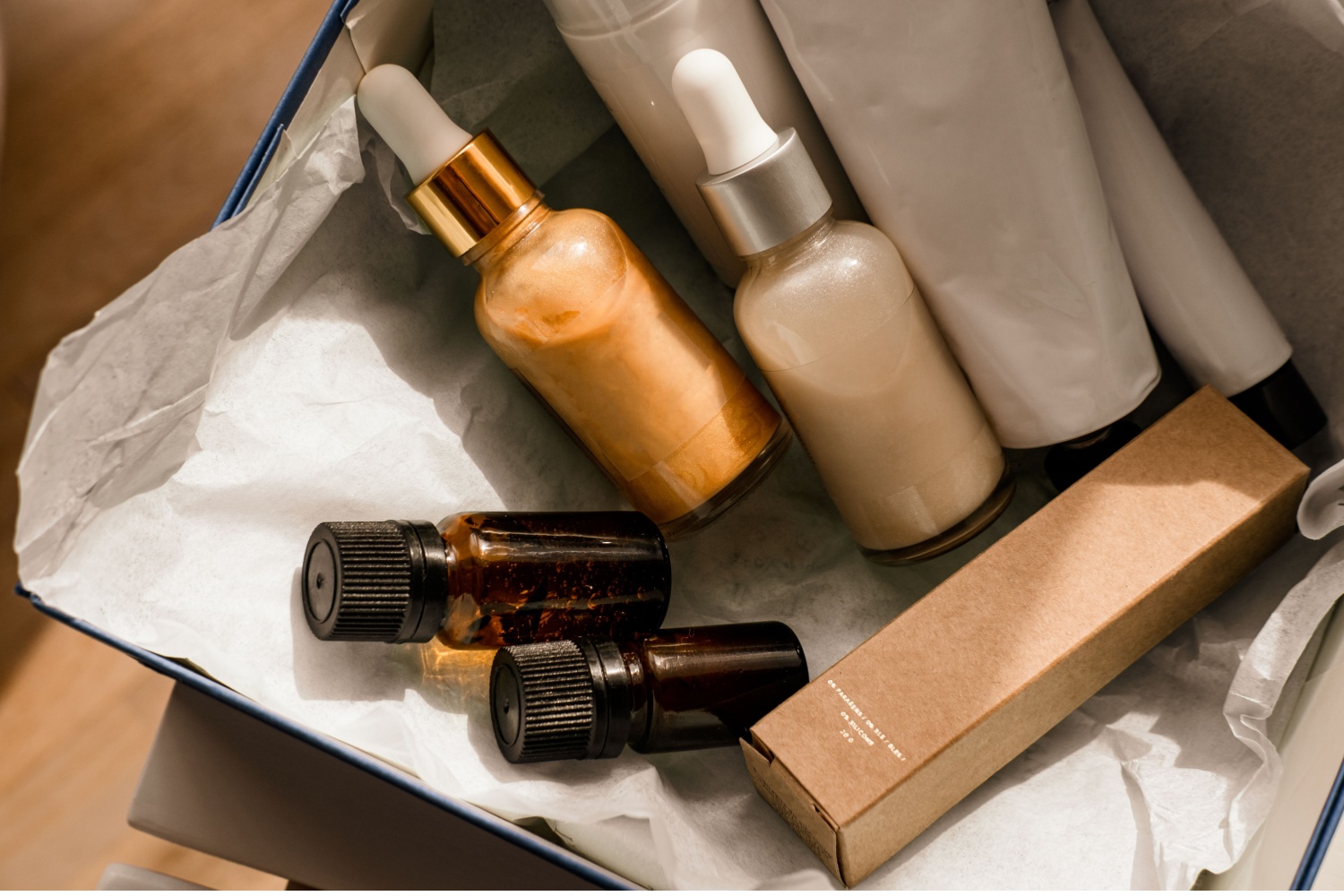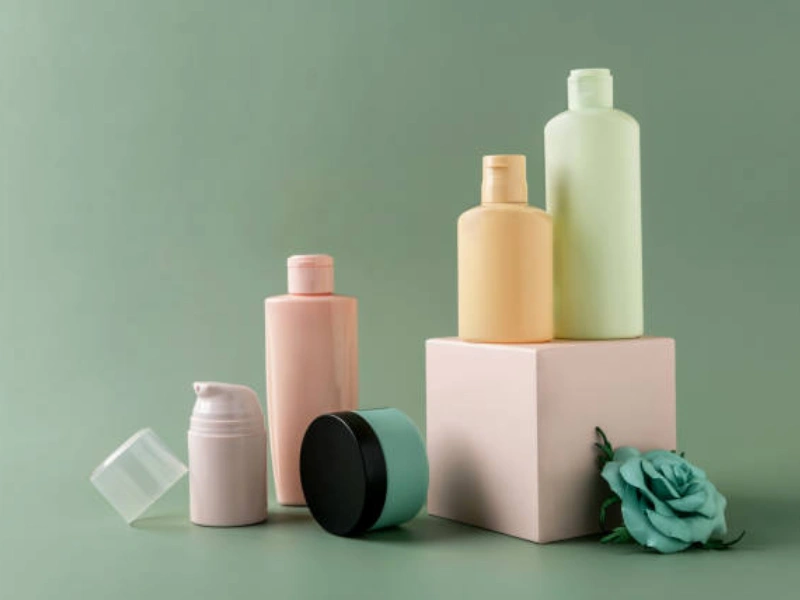
Understanding the Importance of Packaging for Beauty Products
In today’s competitive market, the packaging of beauty products goes beyond simple containment. You may have top-notch ingredients and groundbreaking formulas, but it all boils down to how you present your products to the world.
A well-thought-out cosmetic bottle or beautifully designed skincare jar can make your product stand out. It plays a crucial role in attracting consumers, resonating with their aesthetic preferences, and communicating brand values. Innovative makeup packaging, pleasing to the eye, also boosts shelf appeal and increases perceived value, leading to an increase in sales.
Thus, understanding the importance of packaging is paramount – it’s not just about holding the contents but also enhancing the buyer’s experience, offering a taste of the luxury or practicality within.
Identifying Your Target Audience and Their Preferences
Knowing your target audience well, that’s the secret sauce of success in any industry, and the beauty industry is by no means an exception. Personal identification with the customer’s needs and values has the power to turn a one-time purchase into a lifelong customer relationship, transforming your makeup or skincare packaging into an enduring and attractive symbol. For example, if millennials are your primary targets, vibrant cosmetic bottles with distinctive shapes or makeup with cute packaging can appeal to them. Moreover, understanding their inclinations towards sustainability can push you towards eco-friendly cosmetic packaging supplies catering to their appreciation for environmental responsibility.
Evaluating Different Packaging Materials
Pros and Cons of Glass Packaging for Cosmetic Products
Glass is a luxurious, recyclable material that’s ideal for a vast array of beauty products. Matched with a unique cap or dispenser, a glass bottle with transparency can bring a touch of high-end allure to your product line. Glass doesn’t leach chemicals, and it protects your beauty products effectively. Nevertheless, glass has its setbacks. Glass can be a bit heavy and needs careful handling, as it’s prone to breaking. Plus, transporting glass skincare bottles might require additional packaging to prevent damage, potentially diluting the environmental benefits of this material.
The Versatility of Plastic in Cosmetic Packaging: LDPE, PET, HDPE
On the other side of the spectrum, plastic offers a cost-effective, versatile, and durable solution to packaging needs for cosmetics. LDPE is lightweight and flexible, perfect for squeezy tubes and bottles. PET is clear, strong and food-safe, ideal for displaying vibrant makeup with cool packaging.
HDPE is durable and resistant to many different types of chemicals – excellent for packaging products like facial cleansers or astringents. However, not all types of plastics are recyclable, and some can have harmful chemicals. Picking the right plastic for cosmetics packaging, whether it be a lotion tube or a face cream jar, involves balancing functionality, aesthetics, cost, and environmental impact.
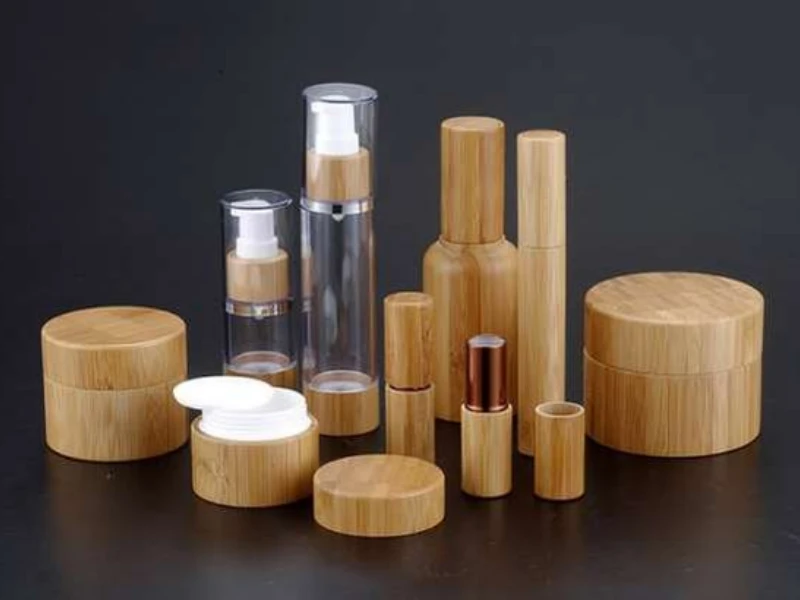
Choosing the Right Type of Container: Jars, Bottles, Tubes
When to Choose Jars for Your Beauty Products?
Jars, especially glass ones, exude a sense of luxury and are perfect for thick, creamy products like moisturizers and masks. They allow consumers to see and access the product easily, enhancing the user experience. However, jars might not be the best choice for products sensitive to light and air.
The Advantages of Bottles for Certain Products
Bottles, whether glass or plastic, are versatile and suitable for a wide range of beauty products, from serums to liquid foundations. They can be paired with various dispensing options like pumps, droppers, or sprays, offering a controlled, hygienic application.
Why Tubes Might Be the Best Choice for Your Product?
Tubes, typically made from plastic, are lightweight, portable, and perfect for products like lip balms, gels, or creams. They’re easy to use, hygienic, and can be designed to stand out on the shelves.
Learning from Successful Packaging Designs: Case Studies
Studying successful packaging designs can provide valuable insights. For instance, consider how some brands use minimalist design to convey a clean, straightforward approach to personal care. Others use vibrant colors and unique shapes to appeal to a younger, trendier audience.
Navigating Legal and Regulatory Aspects of Cosmetic Packaging
When it comes to cosmetic packaging, it’s not just about aesthetics and functionality. You also need to consider the legal and regulatory aspects. This includes ensuring your packaging complies with regulations regarding material safety, labeling, and claims. For instance, your packaging must clearly display ingredients, usage instructions, and warnings. Also, if you claim your product is organic or natural, you need to meet specific criteria. Working with a knowledgeable cosmetic packaging supplier can help you navigate these complexities.
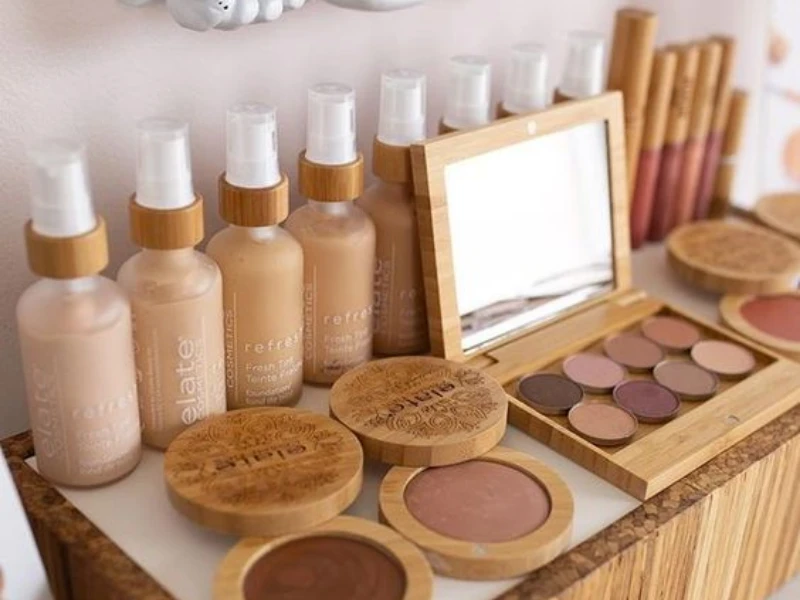
Keeping an Eye on Future Trends in Cosmetic Packaging
Understanding the Importance of Sustainable Packaging
Sustainability is more than just a buzzword; it’s a movement that’s here to stay. Consumers are becoming increasingly conscious of their environmental footprint, and they expect the same from the brands they support. This shift is driving the beauty industry towards more sustainable packaging solutions, such as biodegradable materials and refillable containers.
Choosing Eco-Friendly Materials for Your Packaging
Eco-friendly materials, such as post-consumer recycled plastic, bioplastics, or even paper, are gaining popularity. These materials can significantly reduce the environmental impact of your packaging. However, it’s essential to balance sustainability with functionality and aesthetics.
Selecting a Reliable Beauty Packaging Supplier
Choosing a reliable supplier is crucial. They should not only provide high-quality packaging but also understand the beauty industry’s nuances. They should be able to guide you through the process, from selecting the right materials and containers to ensuring regulatory compliance.
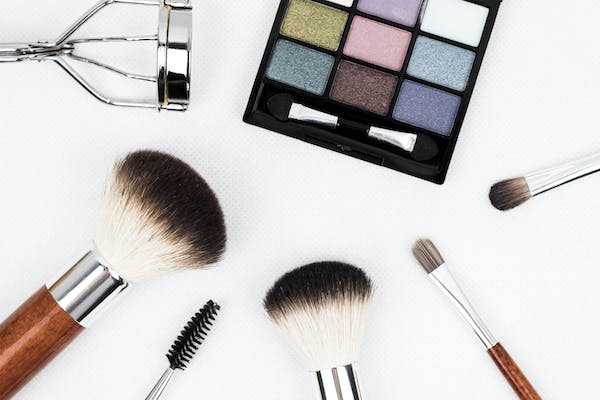
Finalizing Your Packaging Choice: A Checklist
Before you seal the deal on your packaging choice, it’s essential to run through a checklist to ensure you’ve covered all bases. This includes:
- Material Suitability: Does the chosen material suit the product? For instance, certain essential oils might degrade plastic over time.
- Aesthetic Appeal: Does the packaging align with your brand’s image and resonate with your target audience?
- Functionality: Is the packaging user-friendly? Think about the ease of opening, dispensing, and resealing.
- Sustainability: Have you considered the environmental impact of your packaging? Opting for eco-friendly materials can be a significant selling point.
- Cost: While it’s essential to invest in good packaging, ensure it aligns with your budget and doesn’t inflate the product’s cost excessively.
Implementing Your Packaging Design: Production and Quality Control
Once you’ve finalized your packaging design, the next step is production. Collaborate closely with your cosmetic packaging supplier to ensure the design translates well into the final product. Regular quality checks are vital. Ensure that each cosmetic bottle, skincare jar, or makeup container meets the set standards. Remember, packaging is often the first interaction a customer has with your product. Any compromise on quality can adversely affect your brand’s reputation.
Conclusion
In the vast world of beauty products, where competition is fierce, packaging can set you apart. It’s not just about containment but also communication. From the material you choose to the design you implement, every aspect of your packaging speaks volumes about your brand.
So, invest time, thought, and creativity into it. After all, as they say, “First impressions last,” and in the beauty industry, that couldn’t be truer.
Contact us today if you want to elevate your brand with innovative designs, sustainable solutions, and a commitment to functionality!

